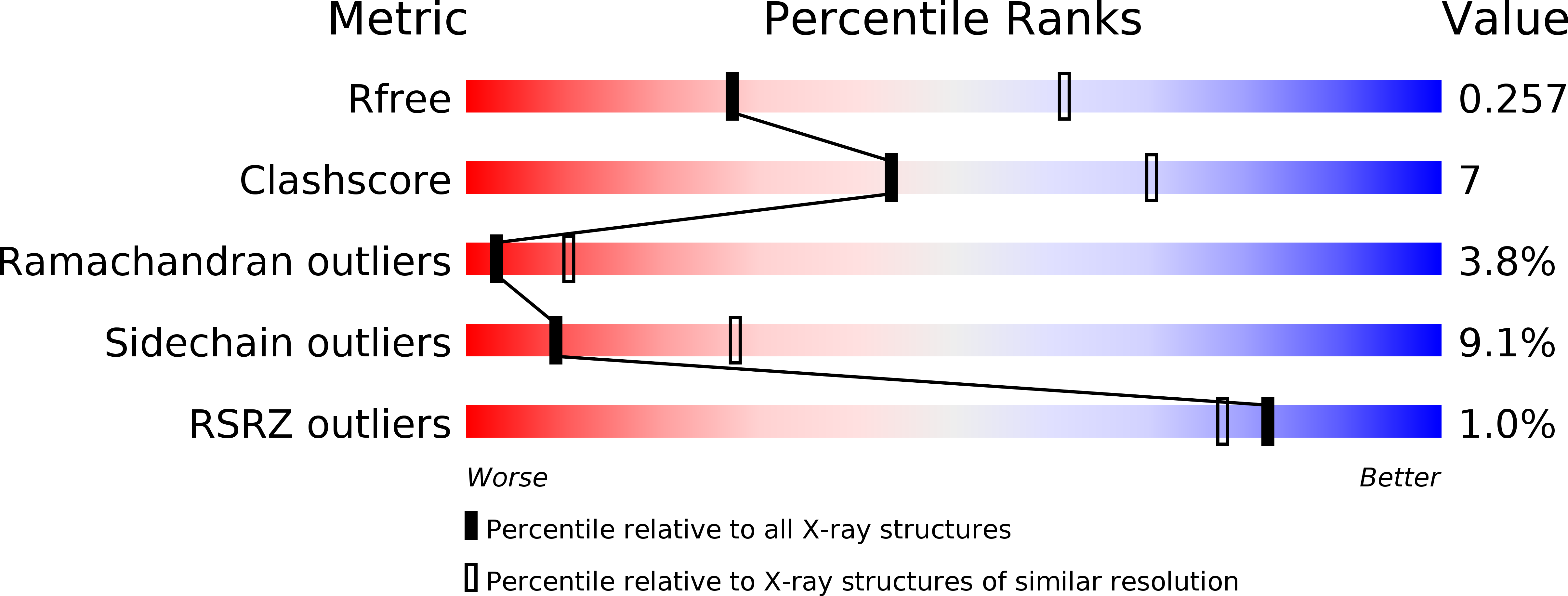
Deposition Date
2004-11-01
Release Date
2005-10-11
Last Version Date
2024-02-14
Method Details:
Experimental Method:
Resolution:
2.80 Å
R-Value Free:
0.26
R-Value Work:
0.19
R-Value Observed:
0.19
Space Group:
P 65


